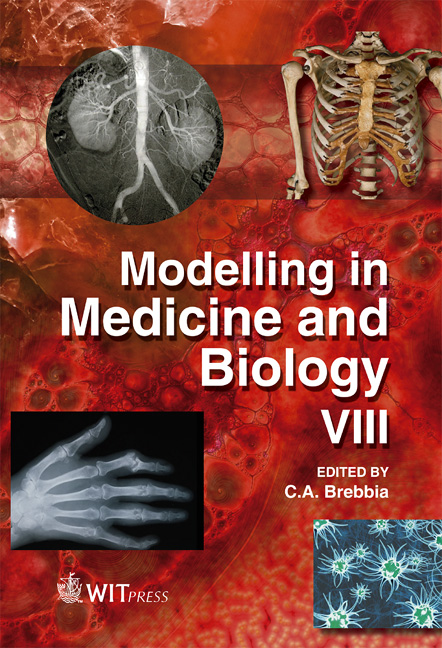Numerical Investigation Of The Flow Field In The Upper Human Airways
Price
Free (open access)
Transaction
Volume
13
Pages
12
Page Range
103 - 114
Published
2009
Size
2,739 kb
Paper DOI
10.2495/BIO090101
Copyright
WIT Press
Author(s)
G. Eitel, W. Schr¨oder & M. Meinke
Abstract
The flow in a realistic model of the human lung is numerically simulated at steady and unsteady inspiration and expiration. A model of a human lung ranging from the trachea down to the sixth generation of the bronchial tree is used for the simulation. The numerical analysis is based on the Lattice-Boltzmann method, which is particularly suited for flows in extremely intricate geometries such as the upper human airways. The results for steady air flow at inspiration and expiration for a diameter based Reynolds number of ReD = 1250 evidence secondary vortex structures and air exchange mechanisms. It is shown that the asymmetric geometry of the human lung plays a significant role for the development of the flow field in the respiratory system. Secondary vortex structures observed in former studies are reproduced and described in detail. The solutions for unsteady respiration allow a detailed analysis of the temporal formation of secondary flow structures whereas the time dependence is much more pronounced at inspiration than at expiration. Keywords: computational fluid dynamics, Lattice-Boltzmann method, respiratory system, human lung, unsteady flow.
Keywords
computational fluid dynamics, Lattice-Boltzmann method, respiratory system, human lung, unsteady flow.





